Sustainability is more than just a buzzword. In today's world, it's a lifestyle. Sustainable homes reduce their impact on the environment while still meeting everyday needs. Whether you're planning to build your dream home or just make some environmentally friendly updates, here are 10 inexpensive upgrades for a more sustainable home.
10 Inexpensive Upgrades for a More Sustainable Home
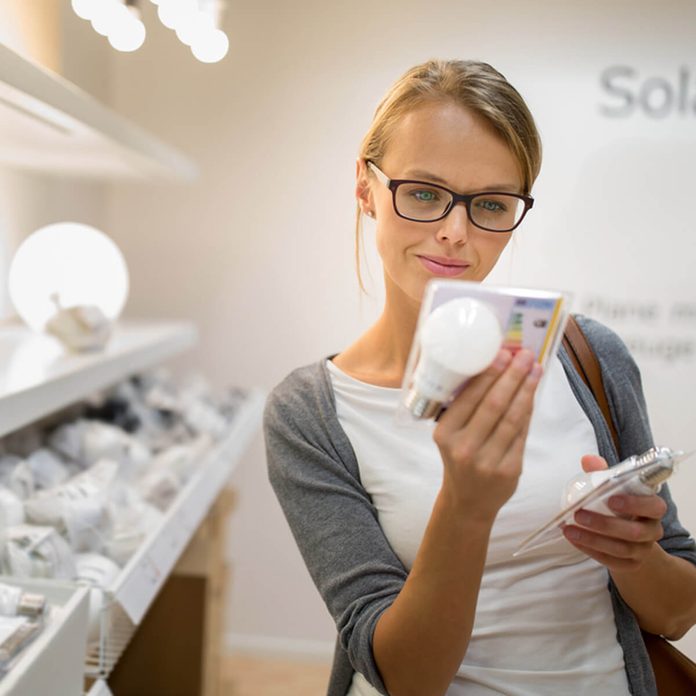
Upgrade to LED
It’s time to give your lighting an upgrade. While LED bulbs may cost you a little more upfront, the bulbs use 75 percent less energy and last up to 25 times longer than incandescent bulbs. That means you’ll spend less on your electric bill and fewer bulbs will end up in landfills. How to contribute more to a sustainable environment? At home, environmental sustainability means making small changes in how we live( learn about the ecological footprint).
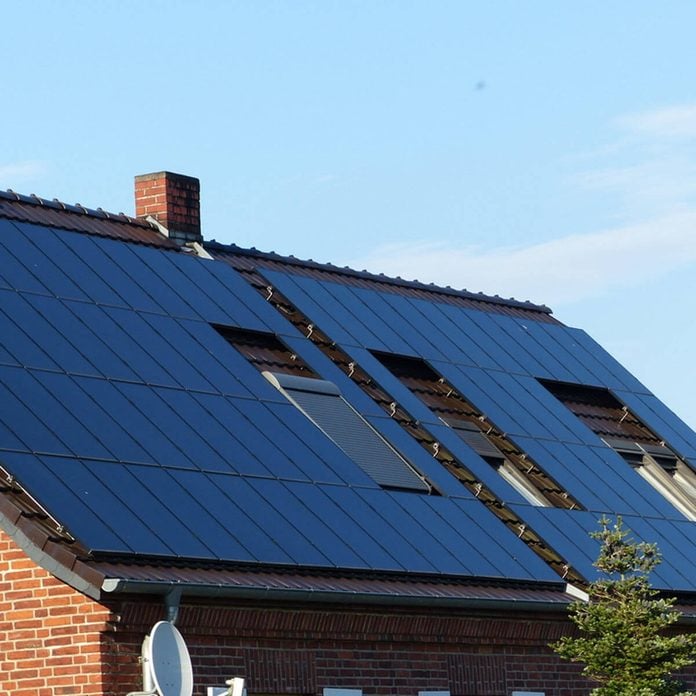
Explore Solar
If you want to reduce your carbon footprint, explore solar options. Solar panels may be cheaper than you think and you may qualify for tax credits if you install rooftop solar panels on your home. Depending on your home’s solar productivity, you may even be able to add clean power to the power grid. Here are a few carbon footprint facts you should know about.
You can also install a solar-powered air conditioner to beat the heat!
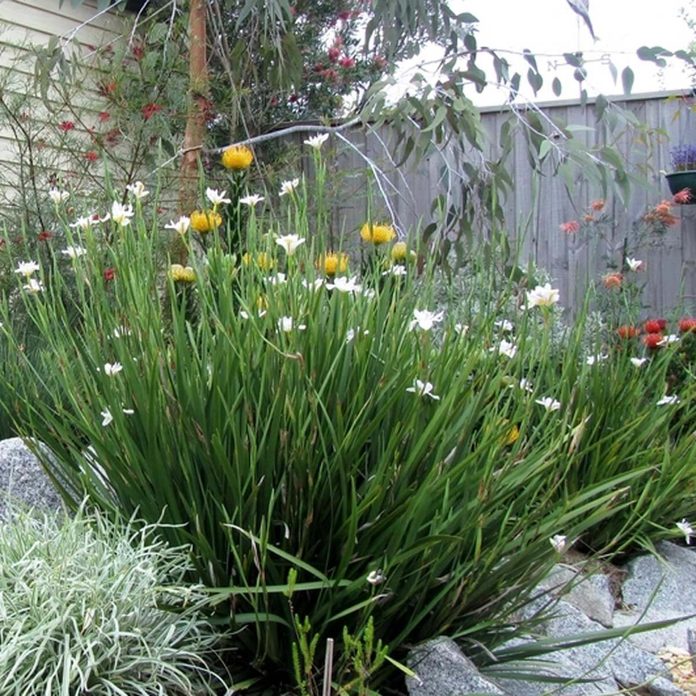
Go Native
Adding native plants and trees to your landscaping is a smart move since native landscaping is low maintenance, meaning you’ll use less water for irrigation and native plants don’t generally require the use of fertilizers and pesticides. Native plants also help local wildlife and insects thrive.
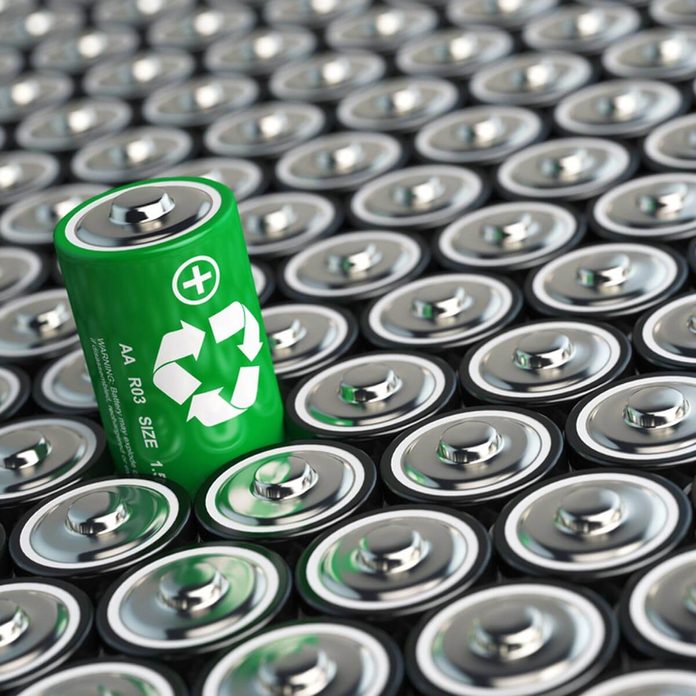
Make Smart Purchases
When buying items for your sustainable home, choose wisely. For instance, choose rechargeable batteries which will limit the amount of waste that can’t be recycled. Reach for washable napkins instead of paper and look for biodegradable trash bags. Use reusable food containers for leftovers instead of plastic bags. P.S. While we’re on the subject, take a look inside Family Handyman’s Sustainable Studio.
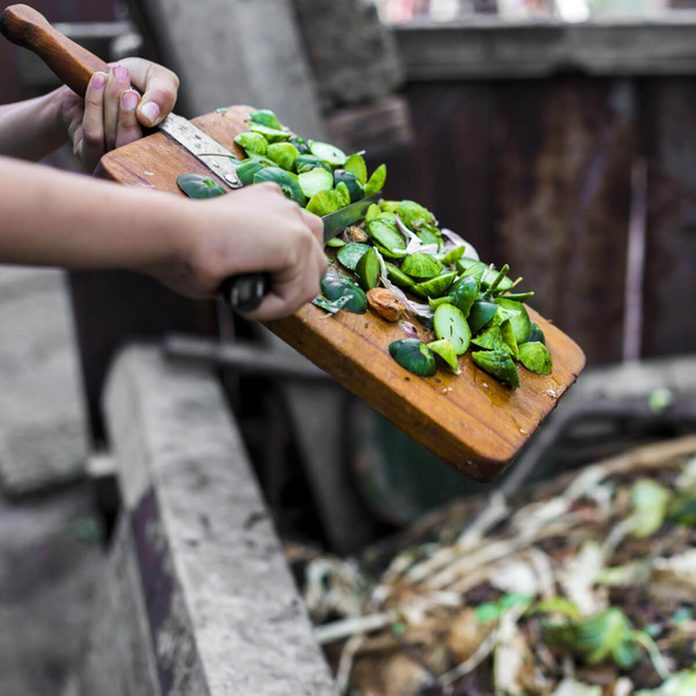
Compost
Put those produce scraps and yard waste to good use and start a compost pile! Not only will you keep items out of the landfill, you can create a rich soil that will help your vegetable garden and flowers. You’ll need both green and brown items for your compost, so think vegetable scraps, egg shells, leaves and coffee grounds.
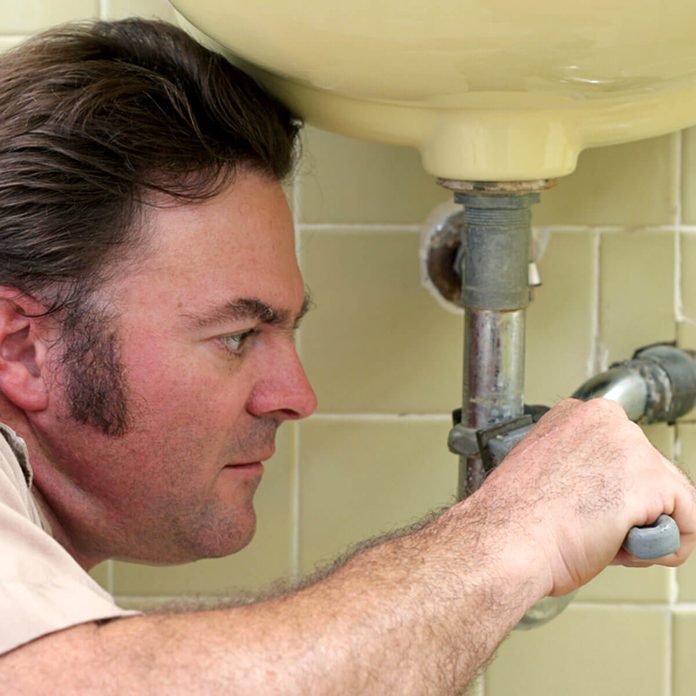
Fix Leaky Pipes
If you have leaky pipes or faucets in your sustainable home, you’re wasting water. In fact, if your faucet dripped once every second of the day, it would take just over four hours to reach one gallon. Take a few minutes to make sure the pipes and faucets in your home aren’t dripping.
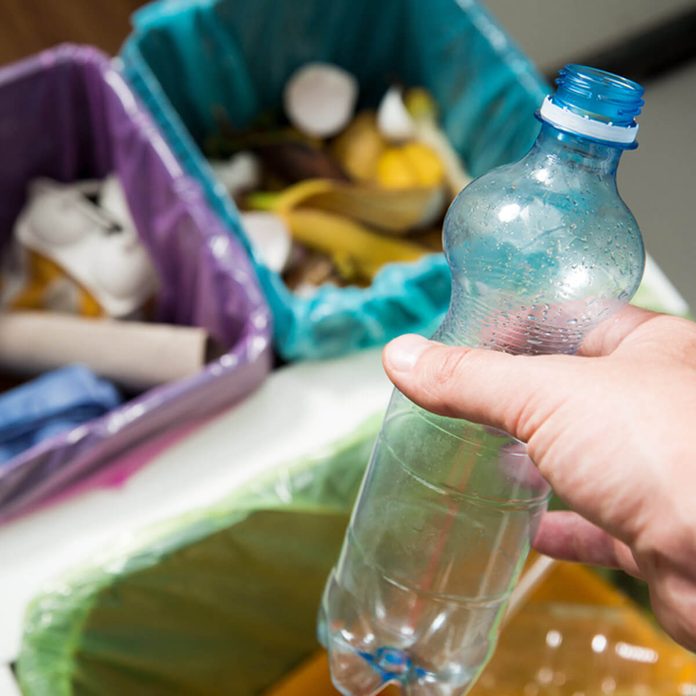
Reuse and Recycle
Reduce the amount of waste your home sends to the landfill and recycle and reuse items whenever you can. For instance, try repairing that broken dining chair instead of tossing it. Make a recycling bin for items such as cardboard, plastic and cans.
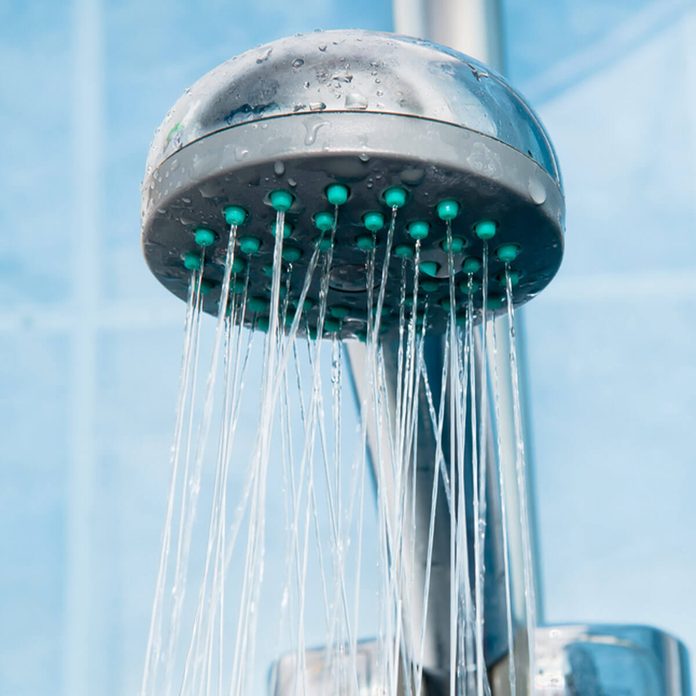
Switch to Low-Flow
The average family uses 40 gallons of water a day just in showering, according to EPA.gov. for a more sustainable home, upgrade to a low-flow showerhead which will use no more than 2 gallons of water per minute. Keep showers to five minutes or fewer to reduce your home’s water consumption even more. Here are a few ways to become more self-sustaining at home and also check out these self-sustaining home ideas.
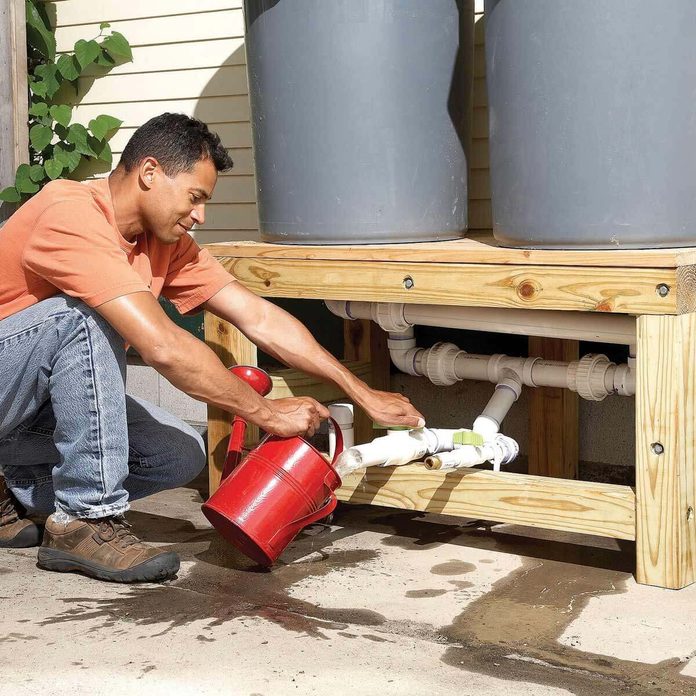
Collect Rainwater
For less than $100, you can build your own rain barrel and start collecting rainwater. Use the water in your vegetable and flower gardens. Since rainwater is naturally devoid of chemicals, it’s perfect for your lawn, gardens and potted plants.
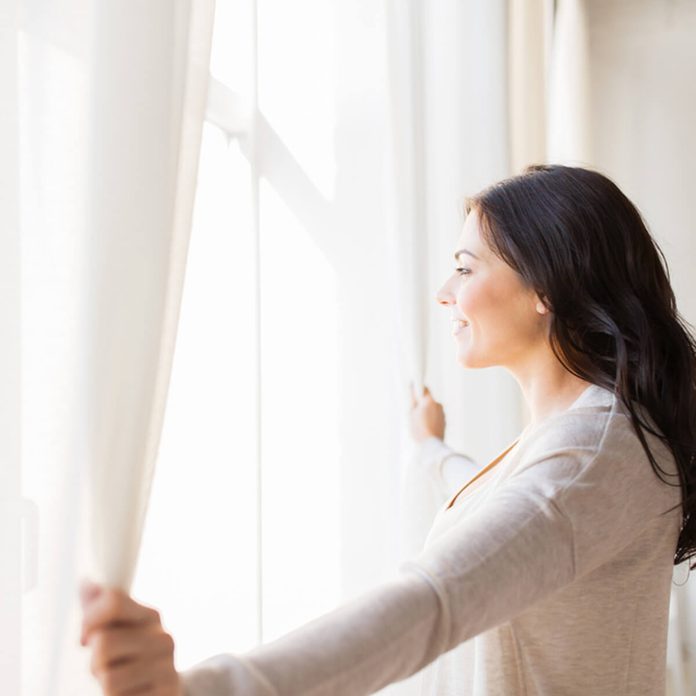
Add Window Treatments
Curtains and blinds not only add to your decor, they help save energy. Look for window treatments that can help prevent heat loss in winter and help keep your home cool in the summer. Caulk and weather stripping around the windows can also help reduce air leakage.
Up next, check out these green home products to keep your home less toxic and more eco-friendly.




















